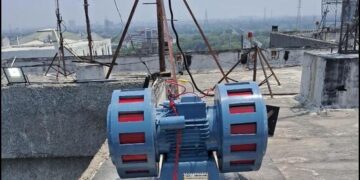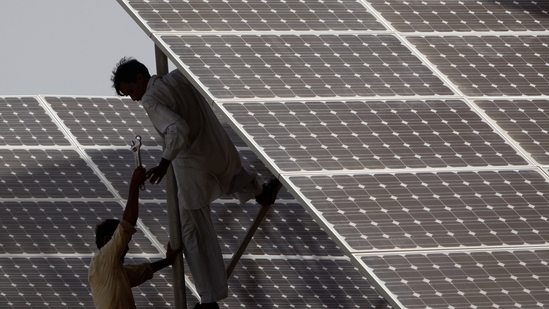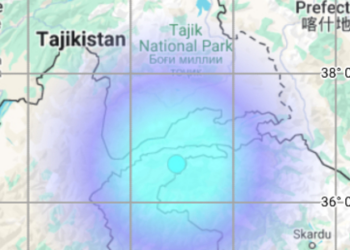In a move poised to reshape the landscape of the renewable energy market, the United States has imposed steep new duties on solar imports from four key Southeast Asian nations: Vietnam, Thailand, Cambodia, and Malaysia. The decision follows a yearlong investigation led by the US Department of Commerce, which concluded that manufacturers in these countries were benefiting from government subsidies and selling solar products to the US below production costs—a practice known as dumping.
These new levies are in addition to sweeping tariffs imposed under former President Donald Trump, which had already disrupted global supply chains and raised the cost of solar equipment. The updated trade action, initiated during Joe Biden’s presidency after a petition by domestic solar manufacturers, reflects a growing tension between protecting American manufacturing and supporting the rapid expansion of renewable energy.
The Commerce Department identified final dumping margins as high as 271.28% for Vietnam, 125.37% for Cambodia, 111.45% for Thailand, and 8.59% for Malaysia. Many of these figures were significantly higher than preliminary estimates, suggesting a stronger-than-expected case of market manipulation.
The US imported approximately $12.9 billion in solar equipment from these four countries last year, accounting for nearly 77% of total solar module imports. While the tariffs are seen as a victory for domestic producers like First Solar Inc., Hanwha Qcells USA, and Mission Solar Energy LLC, industry analysts warn the move could drive up solar project costs at a time when the sector is already grappling with economic uncertainties and diminishing policy support.
Adding further complexity, the International Trade Commission (ITC) is expected to make a final ruling within a month on whether these imports are indeed harming US manufacturers. The duties, officially categorized as antidumping and countervailing measures, are only finalized if the ITC agrees that domestic firms are being materially injured or threatened by the low-cost imports.
This latest action follows a pattern established over a decade ago, when similar duties were placed on Chinese solar products. In response, many Chinese companies shifted production to Southeast Asia to bypass US tariffs. Now, with the net cast wider, the Biden administration’s decision underscores a renewed push to fortify American solar manufacturing—even if it means higher costs for green energy in the short term.








 India
India












